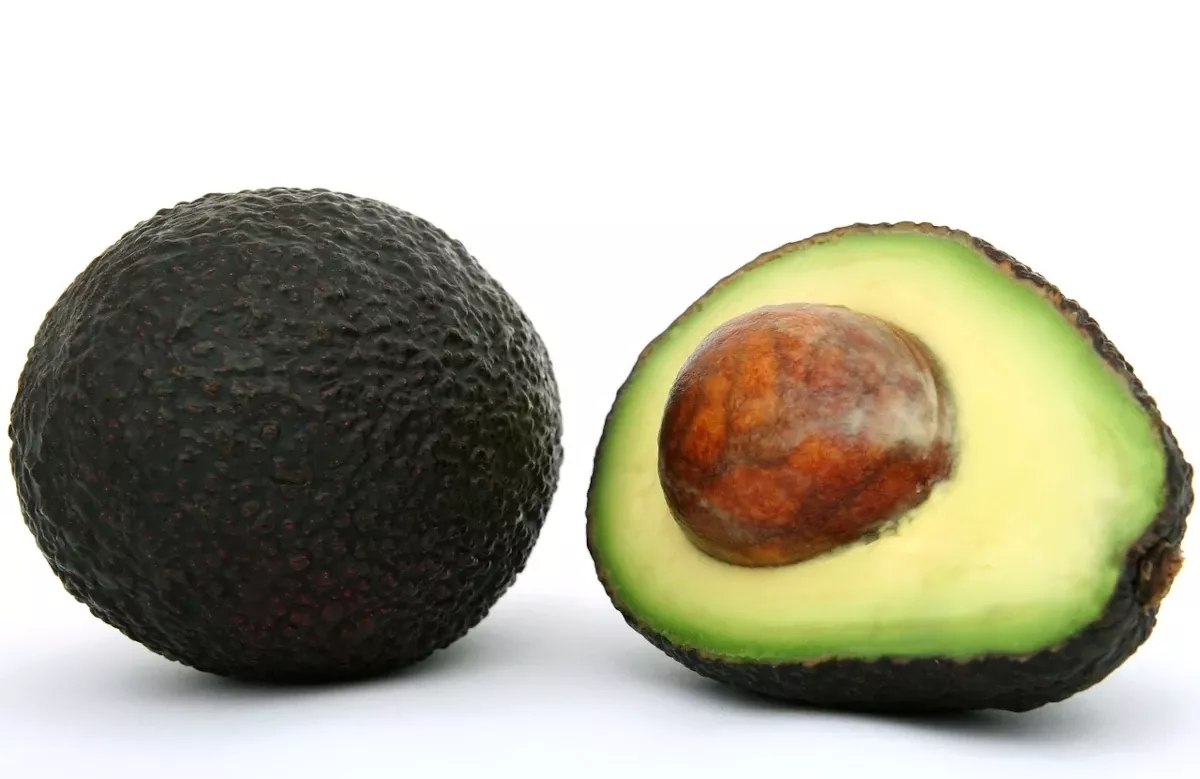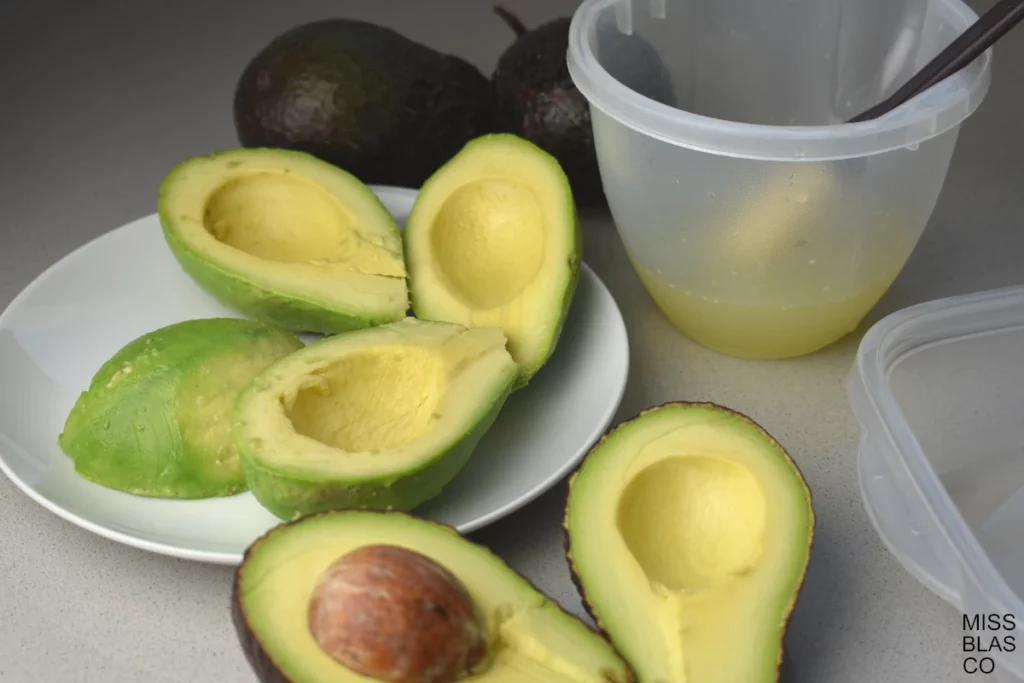
How to Freeze Avocados
How to Freeze Avocados and Avoid Food Waste
If you have too many avocados at home and you know you won’t be able to eat them all in time, freezing them is the perfect solution. Learning how to freeze avocados properly will help you reduce food waste and always have this nutritious fruit on hand for dips, smoothies, or baked goods.
Avocados are a seasonal product, and sometimes our kitchen fills up with more than we can handle—especially if we have our own tree or a generous friend who shares their harvest. At first, it feels wonderful to receive such a gift, but once your counter is full of ripe avocados, finding ways to preserve them becomes essential.
Freezing avocados allows you to enjoy them for months, making sure none of them go to waste.
Can You Freeze Avocados?
Yes, you can. Although frozen avocados will lose part of their bright green color and their texture will soften, they are still perfect for many recipes. You might not want to use thawed avocado slices for toast or to decorate a salad, but they are excellent for sauces, guacamole, smoothies, or even healthy desserts like avocado brownies or chocolate mousse.
Think of frozen avocados as a versatile pantry staple: they may not look as pretty as fresh ones, but their taste and nutrition are intact.
Nutritional Benefits of Avocados
Avocados are often called a “superfood” for good reason. Freezing them does not take away their main nutrients, which makes them a convenient way to keep their health benefits available year-round.
- Rich in healthy fats: They are packed with monounsaturated fats, which support heart health.
- High in fiber: A serving of avocado provides both soluble and insoluble fiber, important for digestion and satiety.
- Source of vitamins and minerals: Avocados contain vitamin E, vitamin C, folate, potassium, and magnesium.
- Antioxidants: Lutein and zeaxanthin, present in avocados, are beneficial for eye health.
Including avocados in your diet can help regulate blood sugar, improve cholesterol levels, and provide long-lasting energy. That’s why learning how to freeze them is such a valuable tip for meal planning.
Learn how to freeze avocados, it will be useful when they accumulate at home.

How to Freeze Avocados Step by Step
There are different ways to freeze avocados, but some methods are better than others for preserving texture and flavor. Here is the simplest and most effective way:
1. Prepare Lemon Juice
Squeeze a lemon and strain the juice to remove any pulp. This juice will help prevent oxidation, which turns avocado flesh brown.
2. Cut the Avocados
Slice the avocados in half, remove the pit, and carefully scoop out each half with a spoon.
3. Brush with Lemon Juice
Lightly brush each half with lemon juice. This step is crucial—without it, the avocado will darken quickly. Don’t worry about the flavor; the acidity complements the avocado and will not interfere with future recipes.
4. Pack Properly
Place the halves in a single layer inside a freezer-safe container or zip-lock bag.
Avoid stacking or overcrowding, as this helps prevent freezer burn and makes it easier to thaw only the amount you need.
5. Freeze
Seal tightly, label with the date, and freeze. Avocados can be stored for up to 4–6 months.
Other Freezing Options
- Cubed avocado: You can cut it into small pieces and freeze them, though they are more prone to oxidation and ice crystal formation.
- Mashed avocado: Some people mash the avocado with lemon juice before freezing. This works well if you plan to use it in guacamole or spreads, but the texture will be softer.
In general, freezing avocado halves is the best way to preserve quality.
Frozen avocados are perfect for preparing an easy and homemade guacamole fast.
Best Uses for Frozen Avocados
Once thawed, avocados work best in recipes where texture and appearance are less important:
- Guacamole: The classic use. Just add onion, tomato, lime juice, and cilantro.
- Smoothies: They add creaminess and healthy fats, making shakes more satisfying.
- Dips and spreads: Perfect for pairing with veggies or whole-grain crackers.
- Healthy desserts: Use thawed avocado to prepare chocolate mousse, avocado brownies, or pudding.
- Soups and bowls: Add creaminess to chilled soups or Buddha bowls.
Advantages of Freezing Avocados
- Avoid food waste: Don’t let ripe avocados spoil on your counter.
- Save money: Take advantage of sales or harvests by freezing for later use.
- Convenience: Always have avocado ready without rushing to eat it before it goes bad.
- Meal prep friendly: Plan ahead and keep a steady supply for healthy recipes.
Common Questions About Freezing Avocados
1. How long can frozen avocados last?
Avocados can last up to 4–6 months in the freezer if stored properly.
2. Do frozen avocados taste the same?
The flavor remains almost the same, but the texture becomes softer. This makes them less ideal for fresh salads but perfect for sauces and smoothies.
3. Do I need to thaw avocados before using them?
It depends on the recipe. For smoothies, you can add them frozen. For guacamole or dips, thaw them in the refrigerator first.
4. Can I freeze guacamole instead of whole avocados?
Yes, you can freeze guacamole. Just make sure to add lemon or lime juice to reduce browning and store it in airtight containers.
Freezing avocados is a smart way to reduce food waste, save money, and always have a nutrient-dense ingredient ready in your kitchen. Although their texture changes slightly, their nutritional value remains intact, and they are perfect for countless healthy recipes.
So the next time you find yourself with too many ripe avocados, don’t throw them away. Freeze them and use them later for guacamole, smoothies, dips, or even desserts.
Avocado Recipes:
If you try to freeze avocados, just let me know in comments!